U.S. News
17 Junk Foods That Could Disappear Under RFK Jr.’s Additive Crackdown
By Jake Beardslee · June 9, 2025

17 Junk Foods That Could Disappear Under RFK Jr.’s Additive Crackdown
In April 2025, U.S. Health and Human Services Secretary Robert F. Kennedy Jr. proposed a sweeping ban on several synthetic food dyes. With public momentum growing against ultra-processed foods, additional crackdowns on artificial preservatives, emulsifiers, and flavor enhancers could be next.From gas station snacks to childhood lunchbox staples, here are 17 junk foods that might vanish from shelves if the regulatory tide continues. The White House / Wikimedia
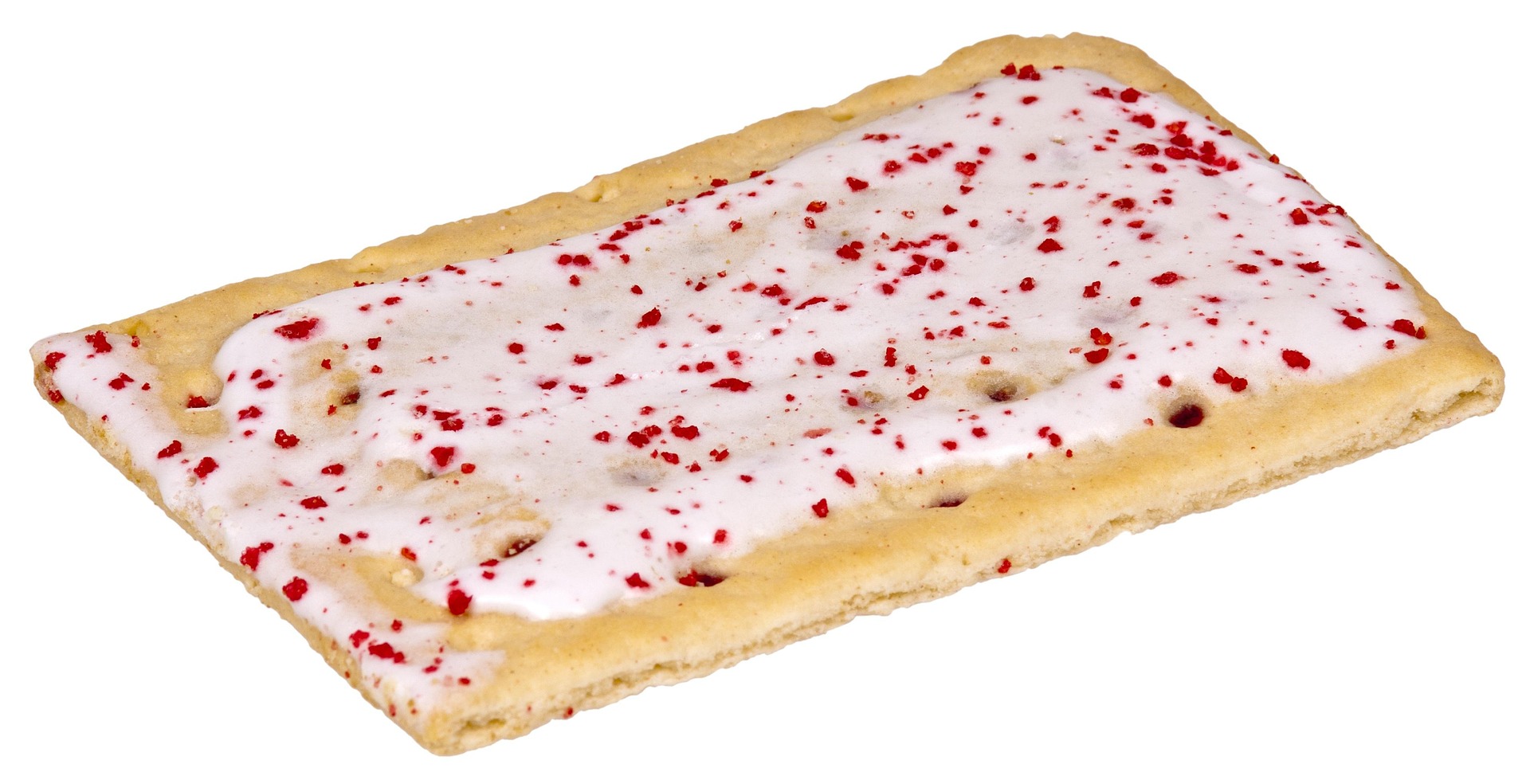
Frosted Breakfast Pastries
Vivid frosting colors and long-lasting fillings in these pastries usually rely heavily on synthetic dyes and preservatives. A move to natural dyes could dull the product visually, while removing stabilizers may shorten shelf life and affect texture. If consumers reject a reformulated version, manufacturers may discontinue certain flavors. These pastries, once a morning staple, could lose their nostalgic edge. WikimediaImages / Pixabay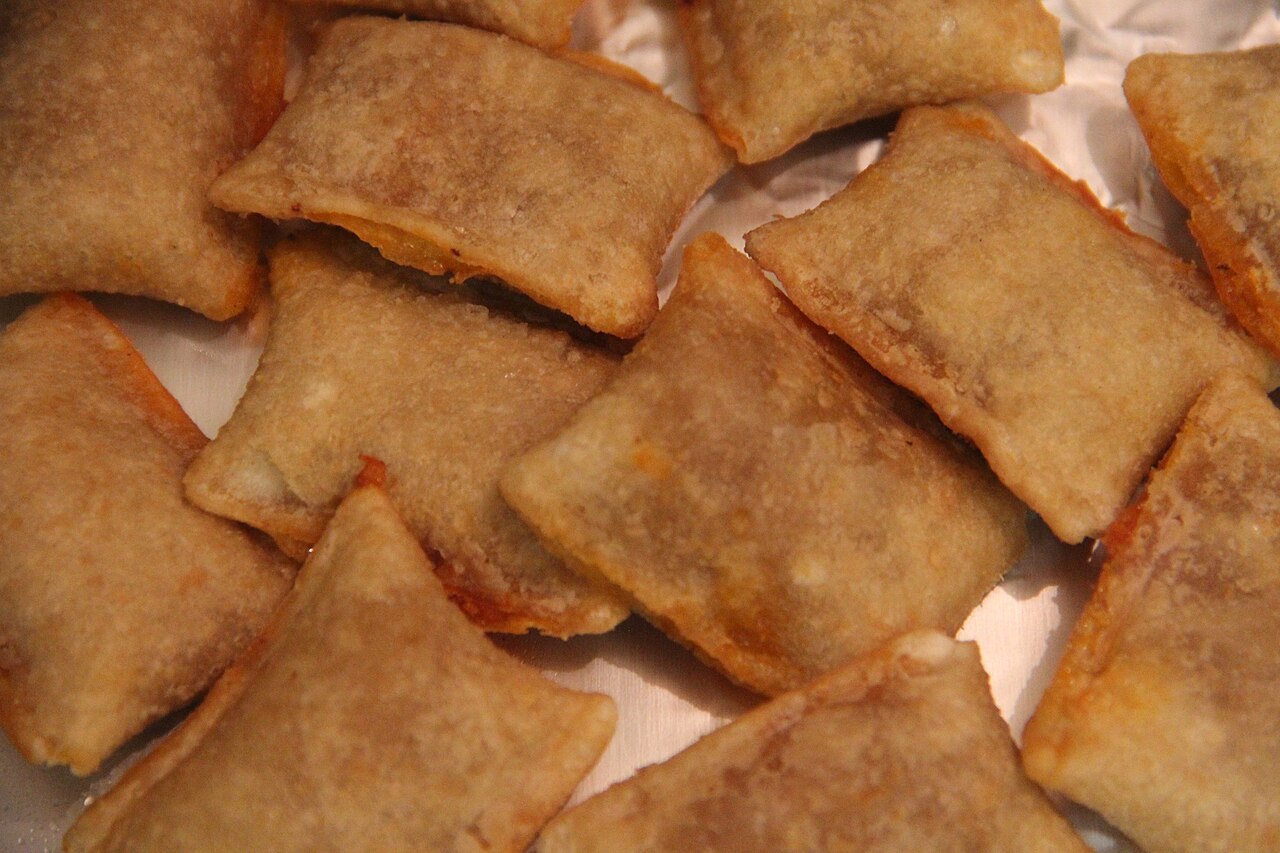
Pizza Rolls
Items like pizza rolls often depend on emulsifiers, preservatives, and synthetic flavorings. Without these, reheated versions could turn soggy or bland. Consumers may reject new versions that lack the crispness and seasoning they expect. A significant drop in quality could make these items obsolete. Thomson200 / Wikimedia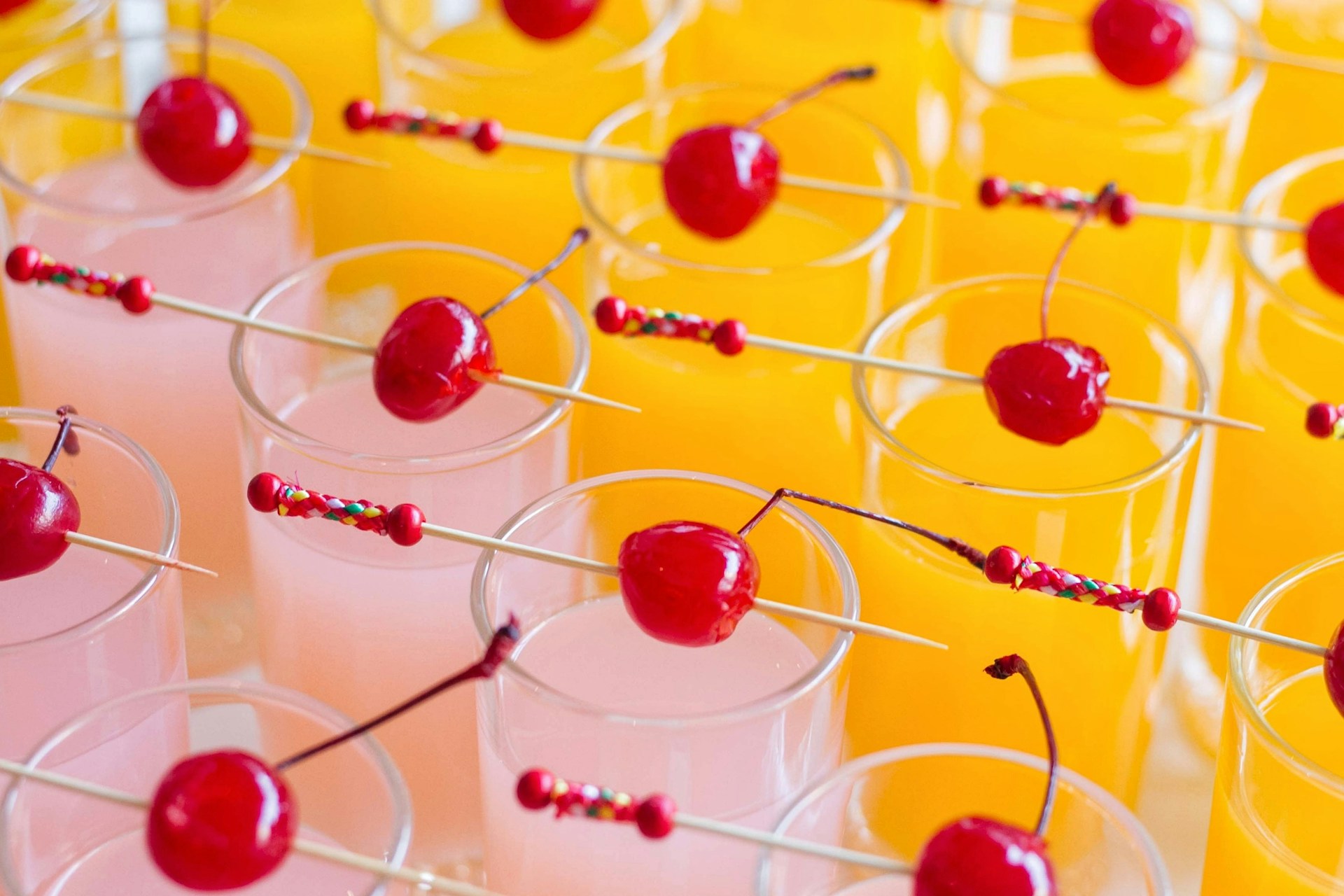
Shelf-Stable Fruit Drinks
Despite their fruity branding, many of these drinks are colored with synthetic dyes and preserved with chemicals to extend shelf life. Natural colorants tend to degrade under light and heat, making them less practical. Reformulated versions may appear cloudier and taste less consistent. If public perception sours, demand could drop sharply. Jim Sosenhphet / Unsplash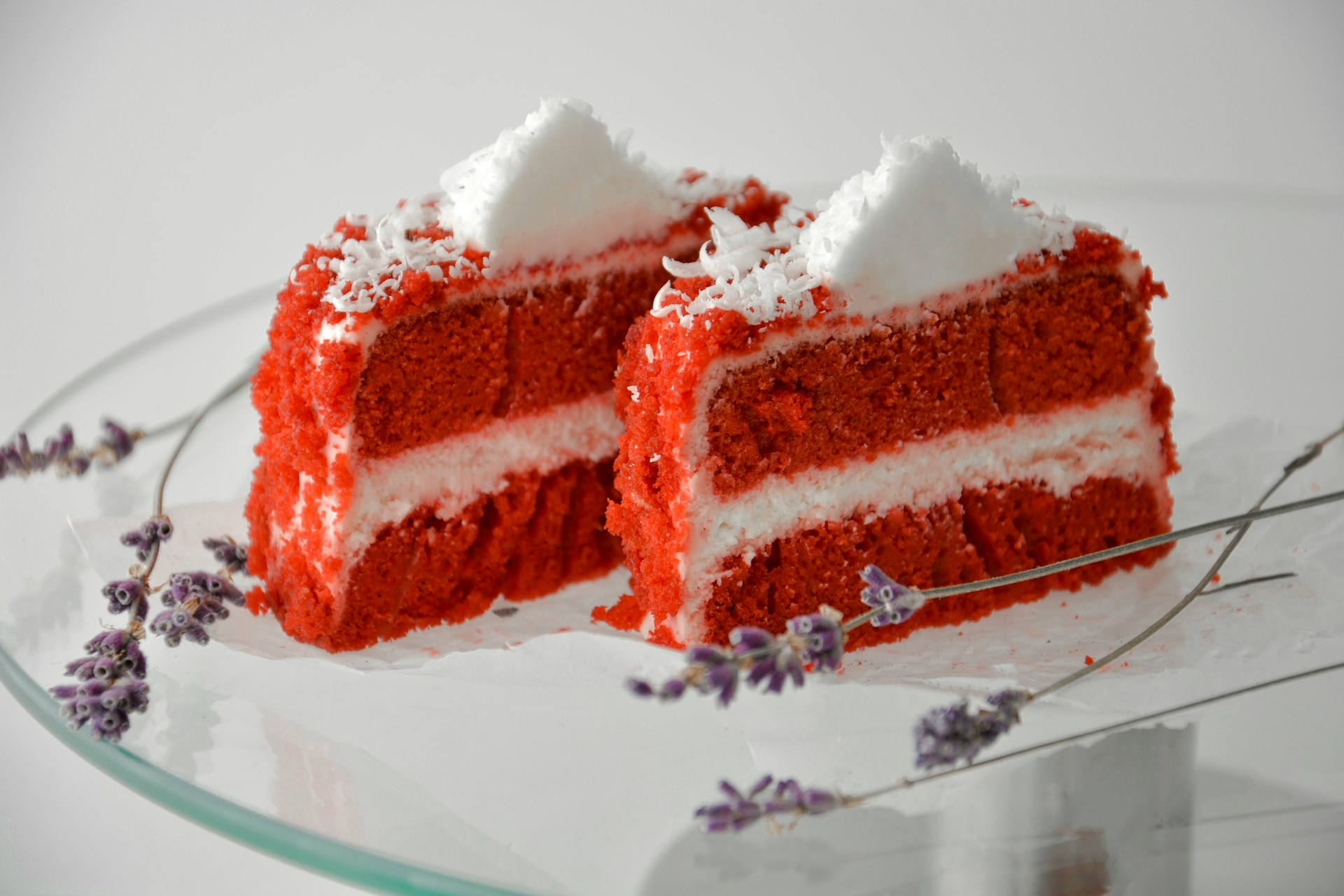
Red-Tinted Baked Goods
Baked treats like red velvet or strawberry-flavored pastries often rely on Red 40 for their vibrant hue. Beet-based alternatives exist, but they can taste earthy and shift color during baking. If aesthetics and flavor both suffer, these desserts may fade from popularity. A dull, reformulated version might not survive the competition. Rosa Sepanta / Unsplash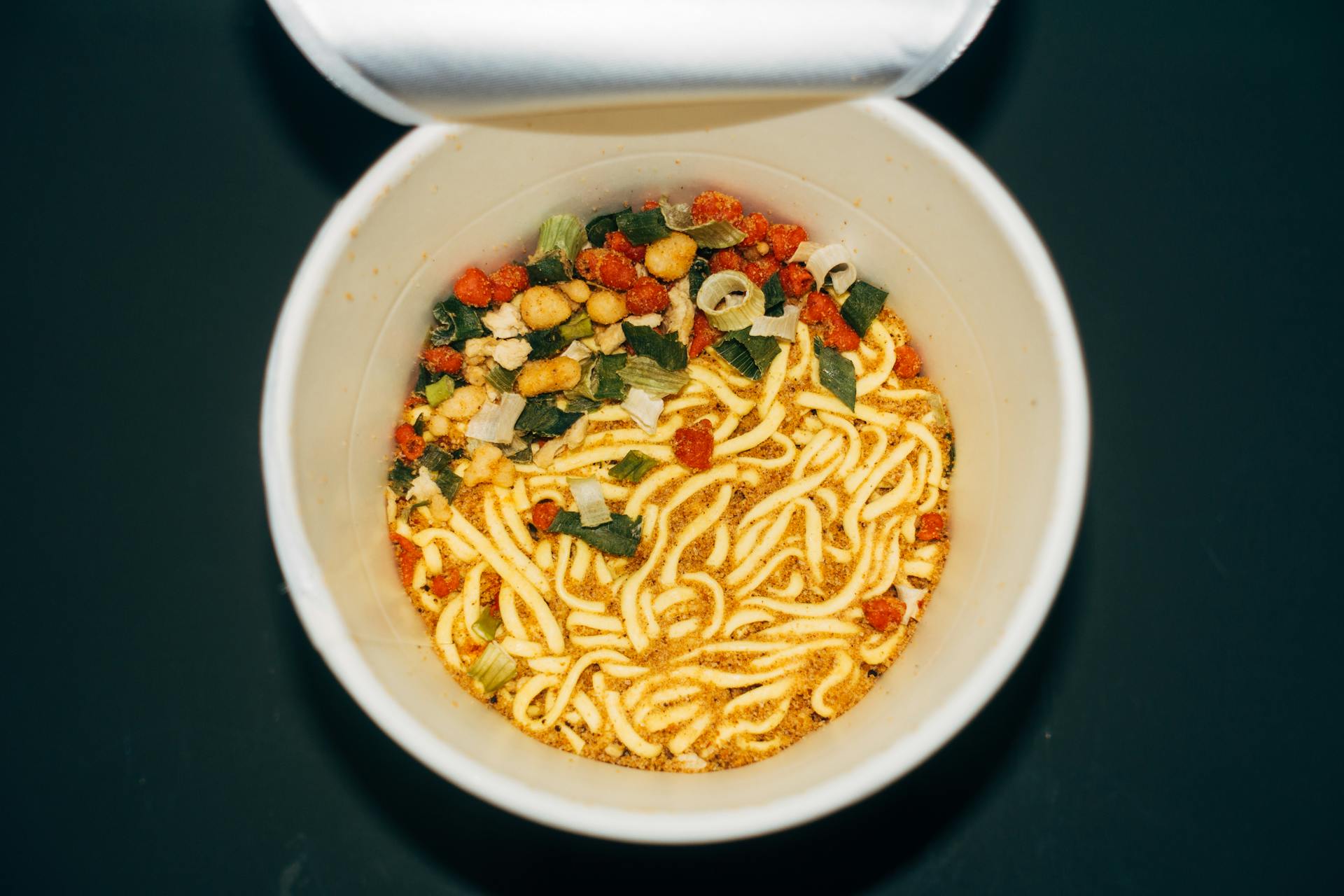
Instant Noodle Cups with Powdered Flavor Packs
These convenience staples often contain synthetic broth powders full of dyes and shelf life extenders. Banning these additives could dull flavor and change appearance. Natural versions may lack the same punch, leading consumers to seek tastier options. Entire flavors could be phased out. Markus Winkler / Pexels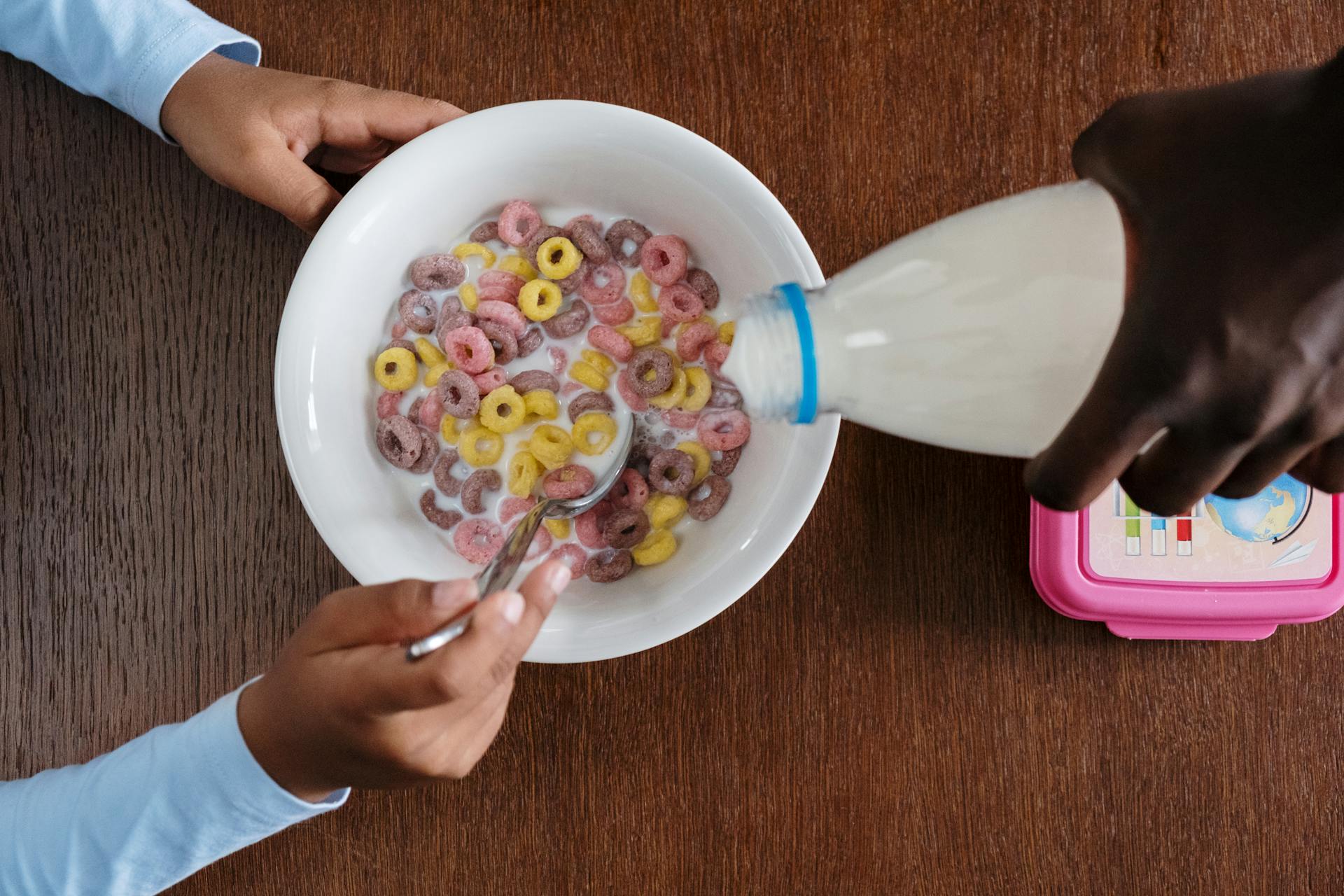
Bright-Colored Cereal Puffs
Kids' cereals in neon hues often rely on synthetic dyes that withstand milk and packaging. Natural dyes don't hold up well and may discolor or fade. If reformulated versions look gray or dull, sales could drop. Some cereals may not survive the switch. cottonbro studio / Pexels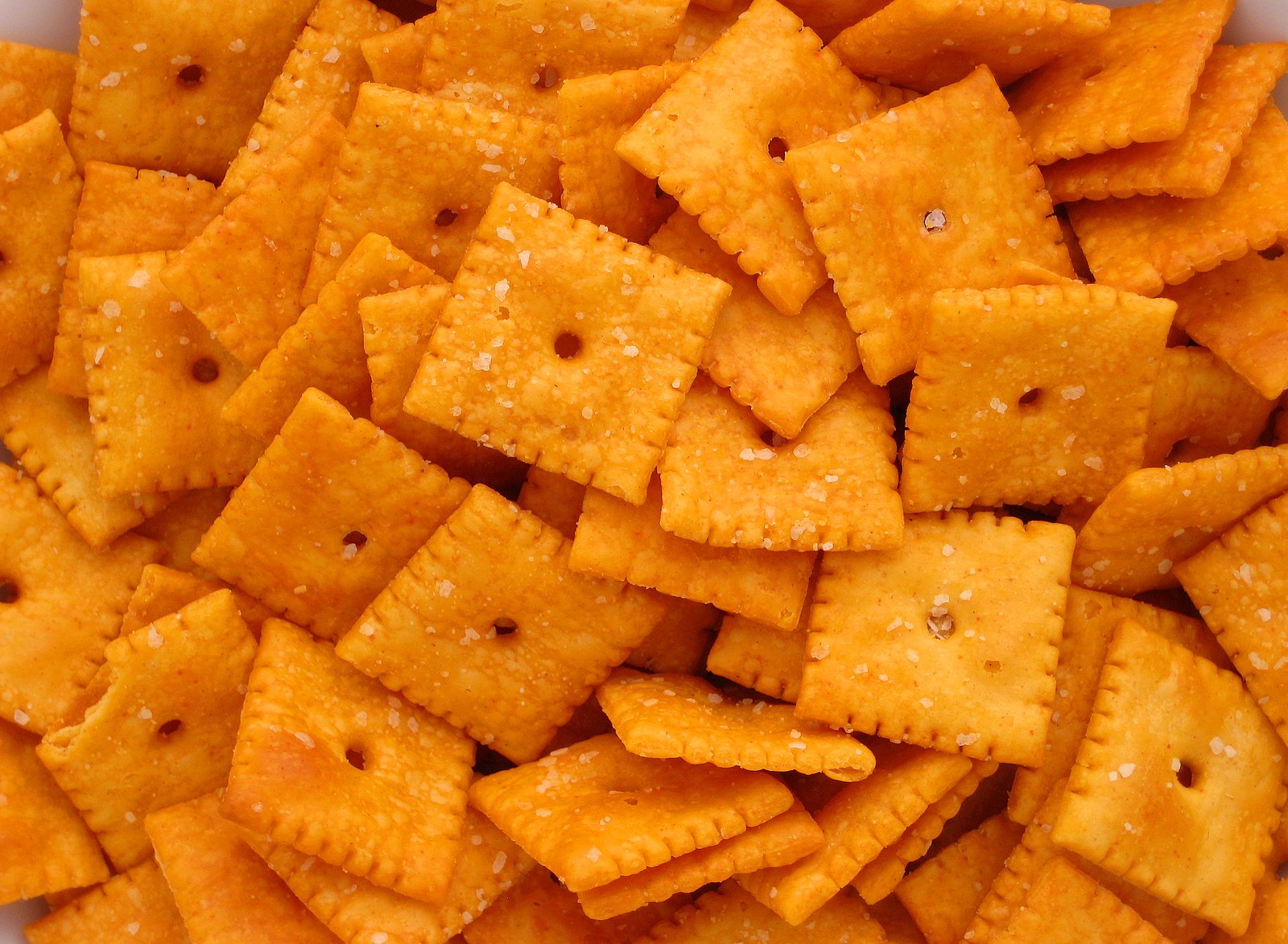
Shelf-Stable Cheese Crackers
Savory crackers shaped like animals or fun objects are typically made with artificial cheese flavors and coloring. The bright orange hue is almost entirely artificial. Reformulated versions may taste bland or appear pale. If they lose their visual appeal, they could lose their market share. Evan-Amos / Wikimedia
Pre-Made Colored Icing or Frosting
Tubed frostings usually get their bright hues from synthetic dyes and their shelf life from stabilizers. Natural versions may taste different and be prone to separation or fading. This could alienate bakers looking for consistency. Reduced appeal may lead to fewer sales and product cuts. Chris Jarvis / Unsplash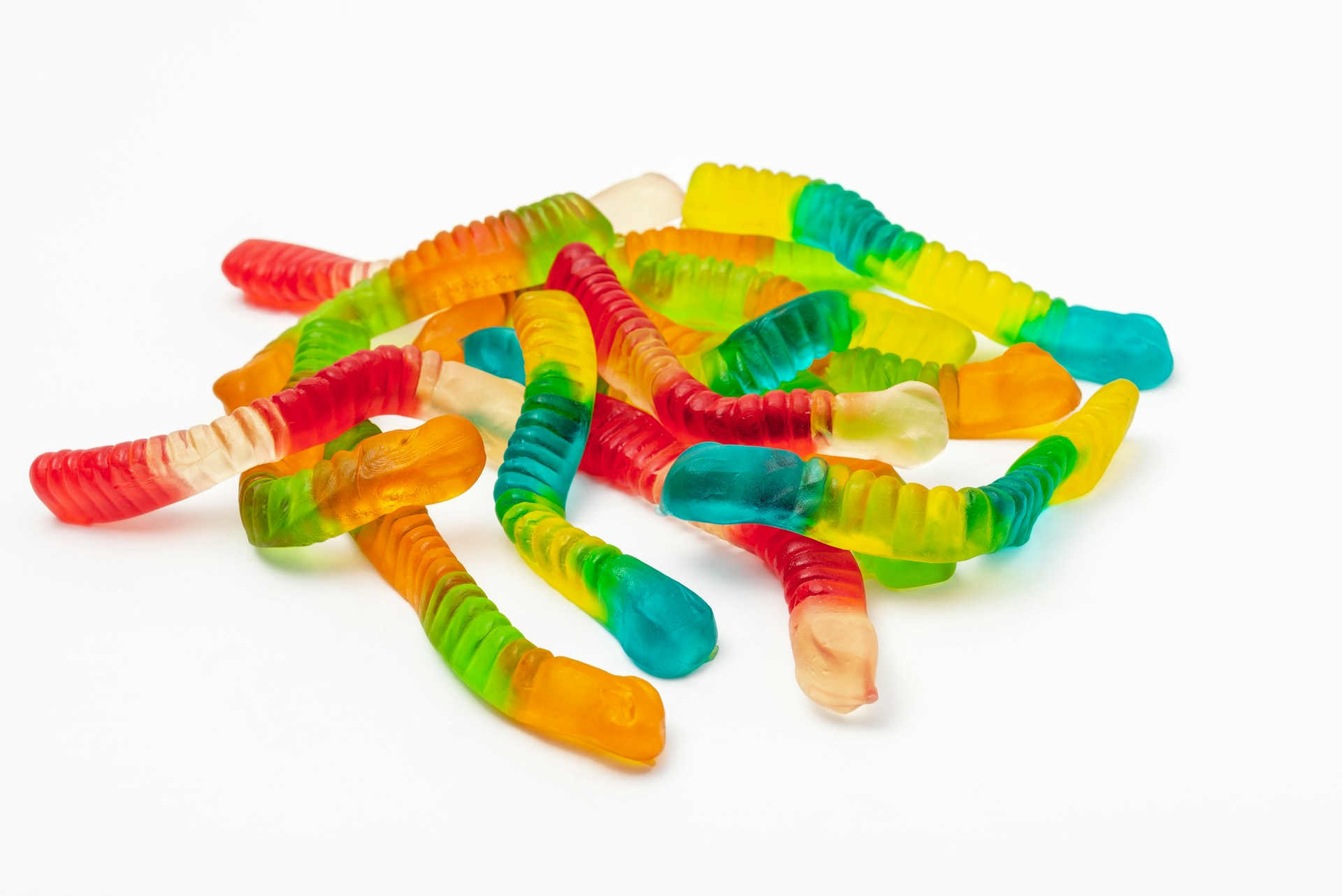
Sticky Sour Candies
Known for extreme flavors and bright coatings, sour candies often use acidulants and synthetic dyes. Reformulating them to retain the same impact is difficult. If texture or taste changes, consumer loyalty may falter. Some flavors may be dropped altogether. Bill Craighead / Unsplash
Microwaveable Cheese Dips
These single-serve dips usually depend on emulsifiers and preservatives for texture and shelf stability. Without them, separation and graininess become likely. Reformulation could increase cost and reduce flavor appeal. They might disappear from convenience store shelves. Snappr / Pexels
Frozen Taquitos and Burritos
Popular for convenience, these snacks typically use preservatives and emulsifiers to maintain texture after freezing and reheating. Without these, sogginess and flavor loss are real concerns. If the snacks can't maintain their appeal, they may be dropped from frozen aisles. Kashish Lamba / Unsplash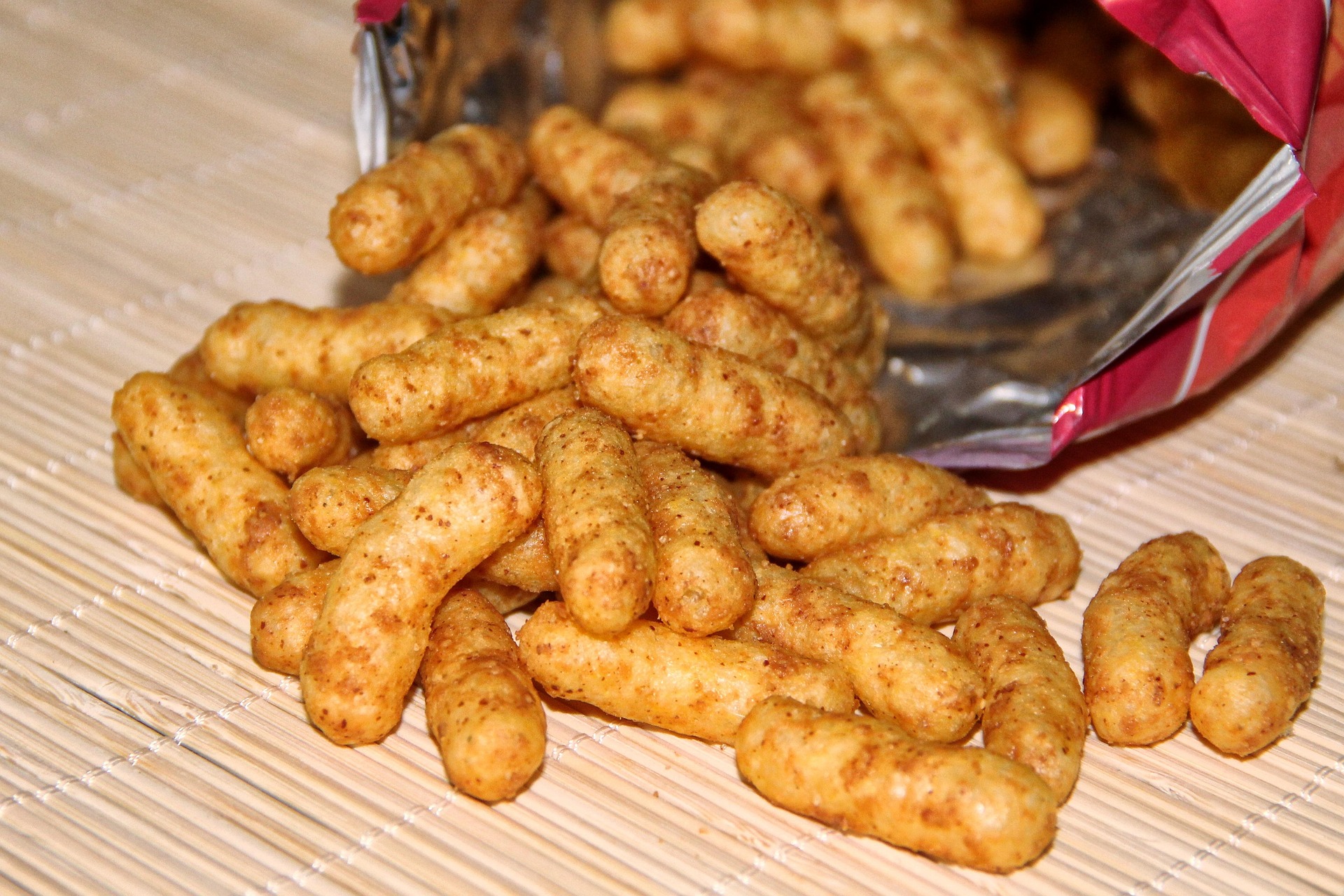
Puffed Corn Snacks
These snacks often use cheese powders and bright colors that rely on artificial means. Without them, the flavor and visual appeal are diminished. Attempts to go natural may result in bland, grayish snacks. Popularity may suffer accordingly. hansbenn / Pixabay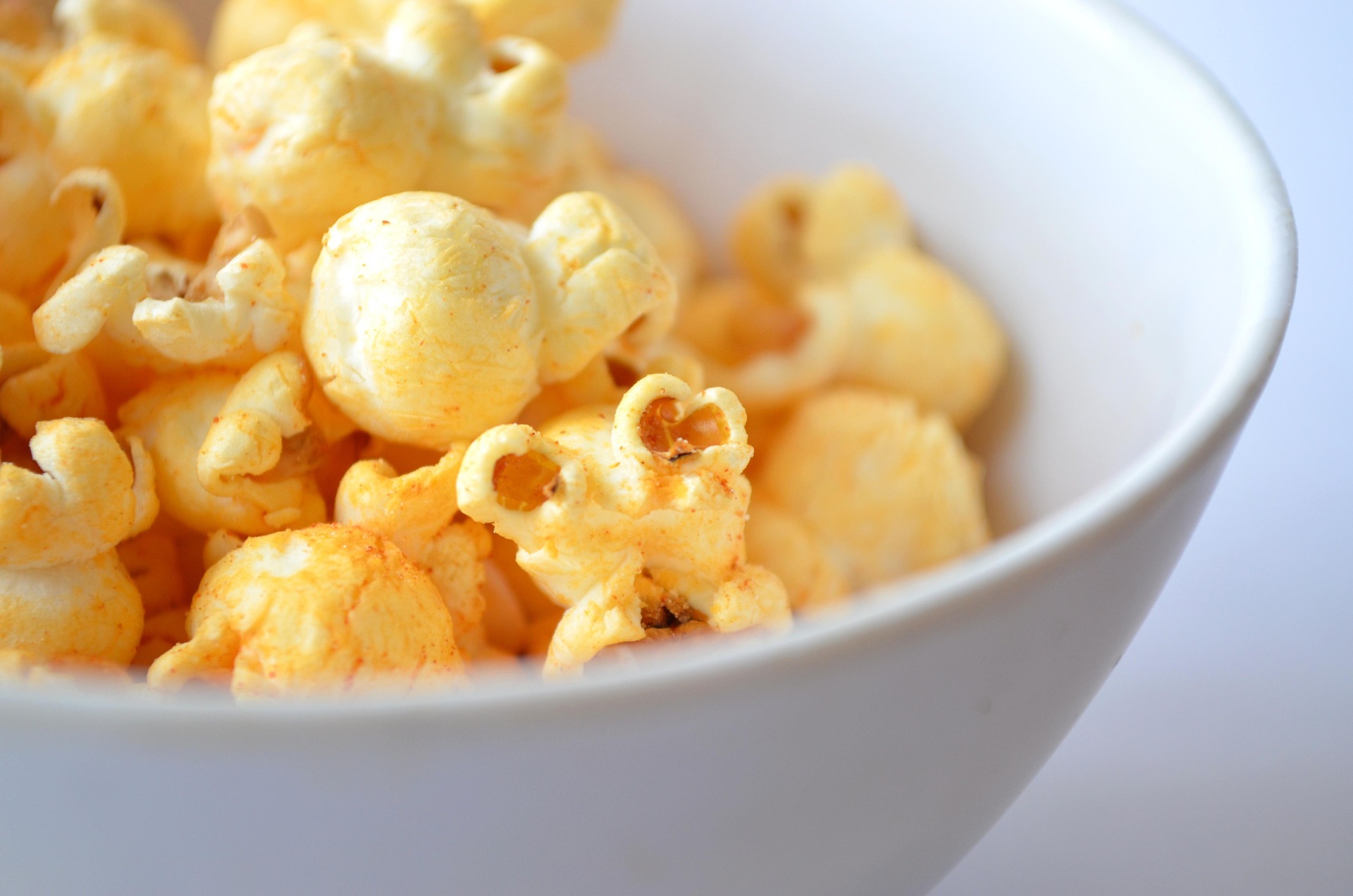
Bagged Seasoned Popcorns
Flavored popcorns often depend on coatings stabilized by additives to prevent clumping or melting. Natural replacements often lack binding strength. This leads to uneven flavor and messier packaging. Consumers may turn away from inconsistent products. PDPics / Pixabay
Brightly Colored Cheese Snacks
From fingers-staining orange to lava red, these snacks are defined by synthetic colors. Removing these dyes dulls the brand identity. If natural substitutes alter taste or texture, the risk of rejection is high. Companies may discontinue certain lines. Alex Kristanas / Unsplash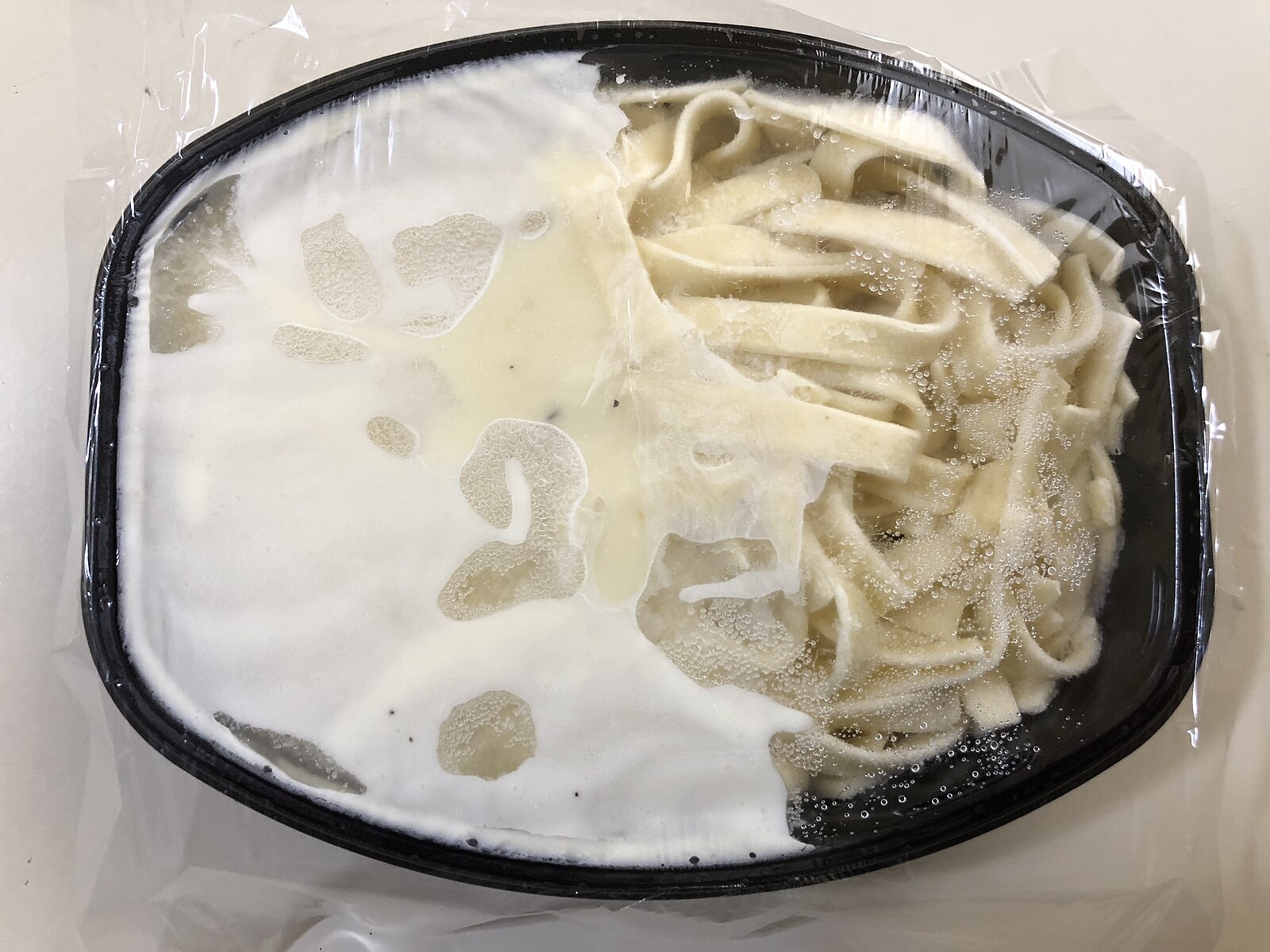
Creamy Packaged Pasta Sides
These shelf-stable sides often rely on artificial cheese flavors, emulsifiers, and preservatives to maintain their creamy consistency. Removing those additives could lead to gritty textures or bland taste. Natural cheese alternatives might not hold up in storage. If texture and flavor can’t be preserved, the product may be retired. Famartin / Wikimedia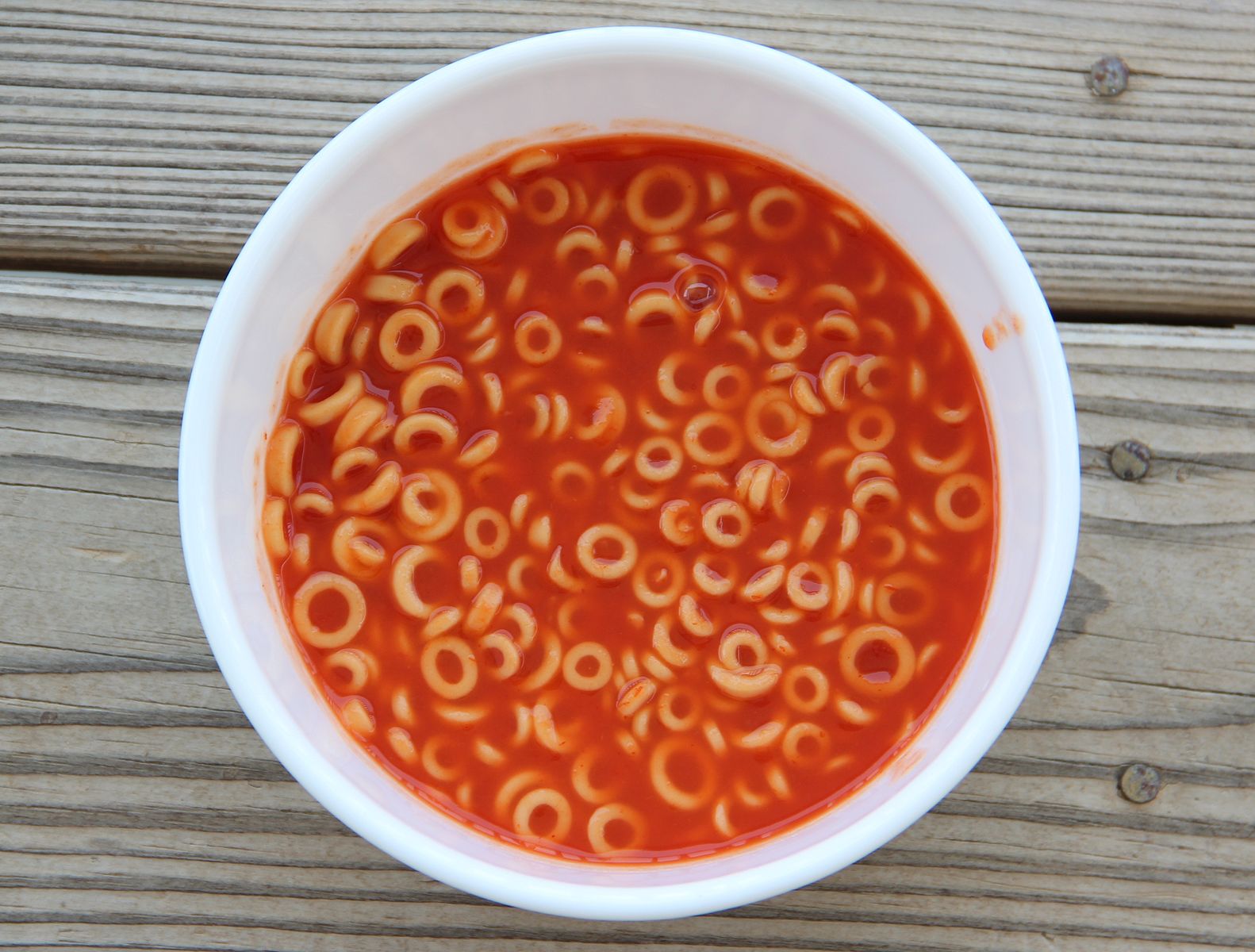
Canned Spaghetti Products
These nostalgic meals often include dyes and thickeners to preserve their vivid sauce and soft texture. Without stabilizers and preservatives, the sauce may separate or discolor over time. That could make them unappetizing both in the can and on the plate. Companies might scale back offerings to avoid reformulation challenges. Thomson200 / Wikimedia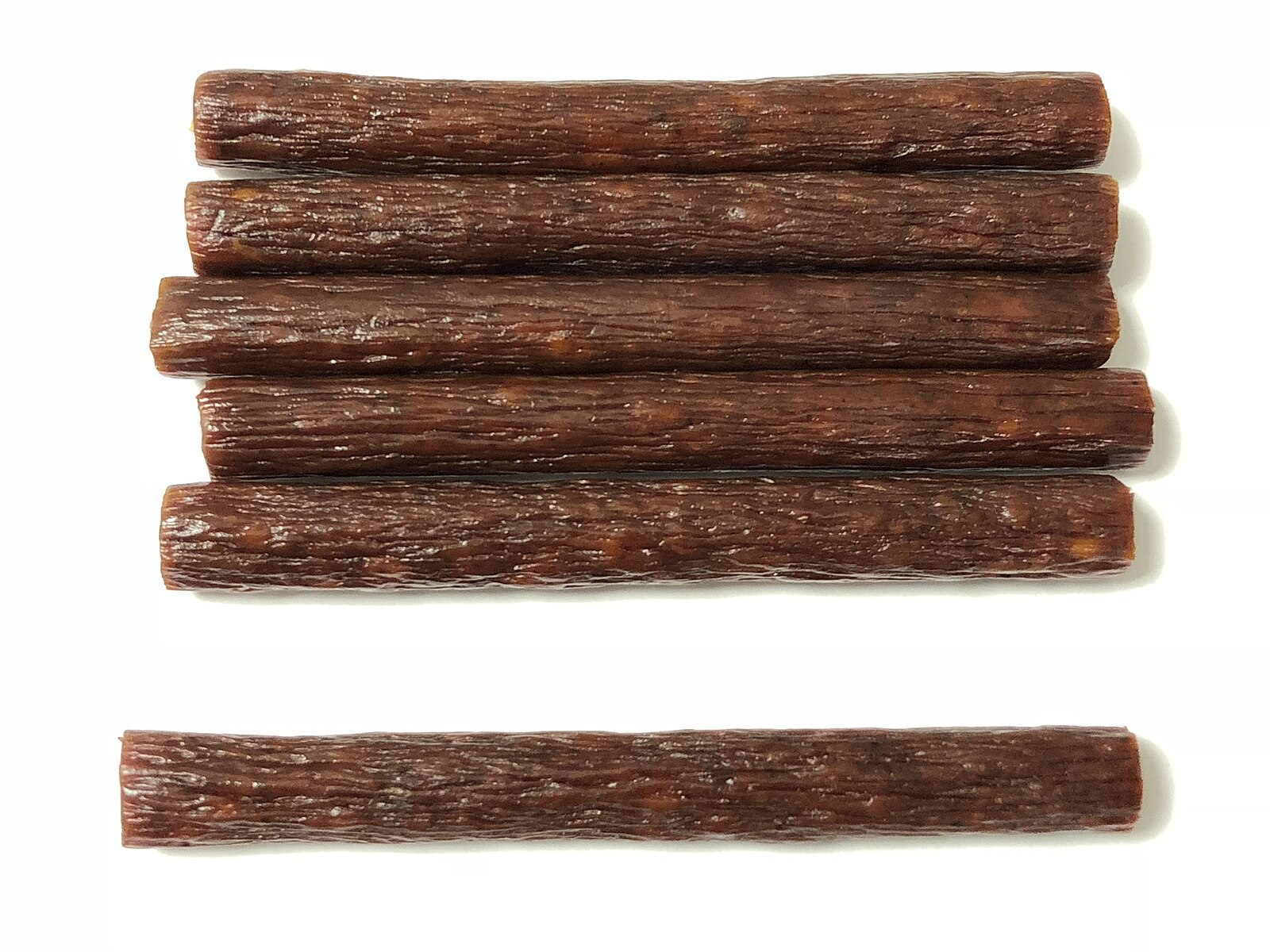
Flavored Meat Sticks
Popular for portability, these snacks usually depend on nitrates, preservatives, and artificial flavorings for shelf stability and uniform taste. If those ingredients are limited or banned, meat sticks may spoil faster or lose their bold flavor. That could make them harder to market to on-the-go consumers. Reformulation challenges might drive brands to rethink or retire entire lines. Famartin / Wikimedia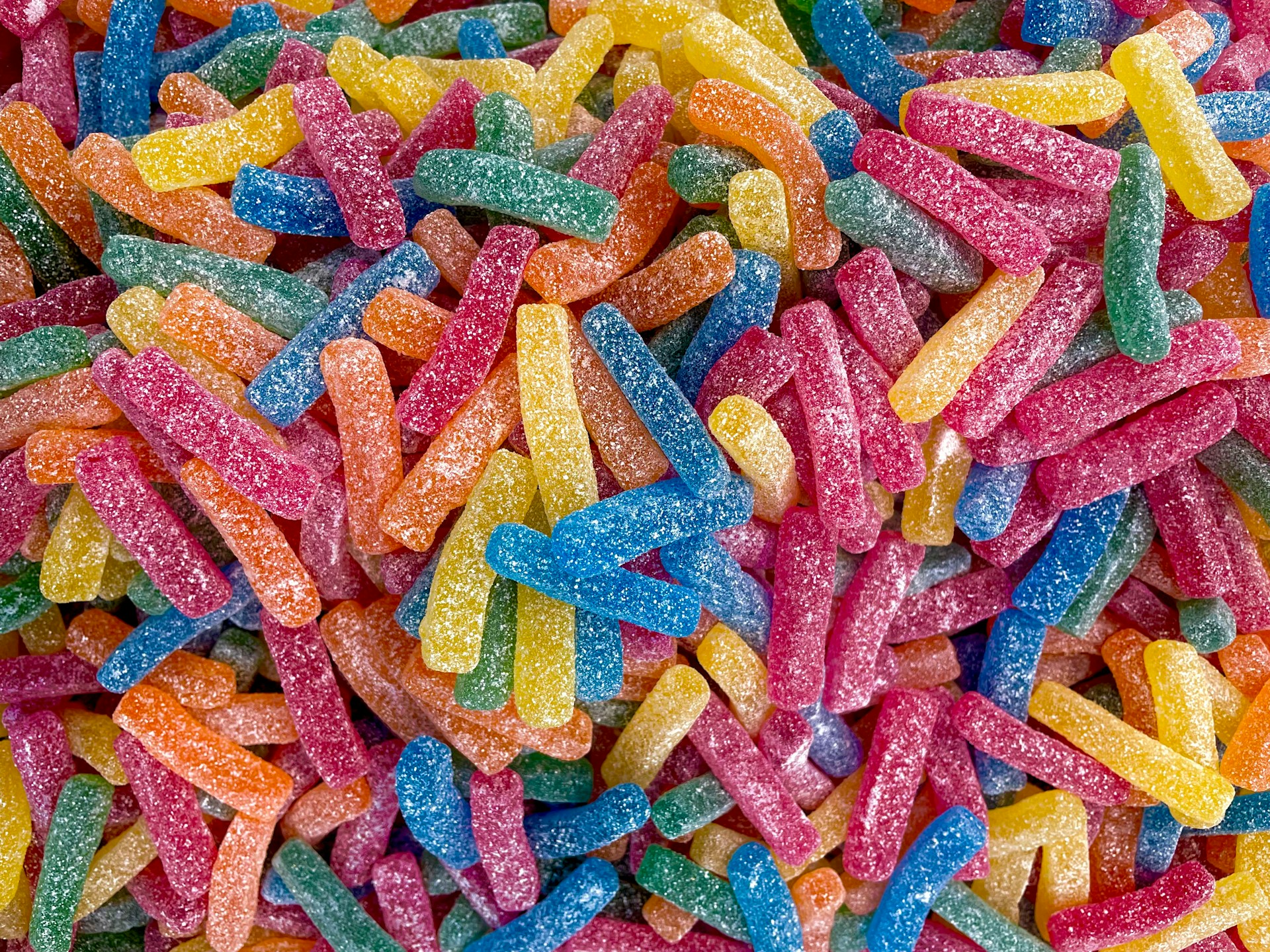
Could Your Favorite Junk Foods Be on the Chopping Block?
While some of these junk foods may be nostalgic staples, their survival could hinge on how well they adapt to a cleaner, more transparent food landscape. As pressure mounts to eliminate synthetic additives, companies will face tough decisions about reformulation, cost, and consumer appeal.Some products may fade quietly, while others could attempt comebacks with natural ingredients, though possibly at the cost of flavor, texture, or visual appeal. Whether this signals the end of an era or the dawn of healthier indulgences remains to be seen. Eddie Pipocas / Unsplash